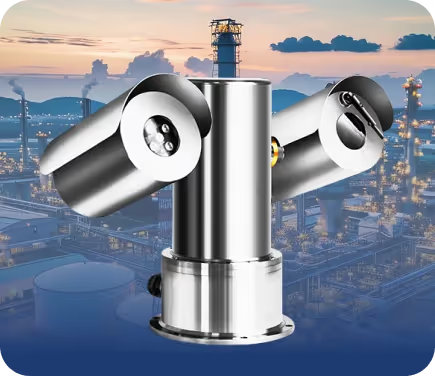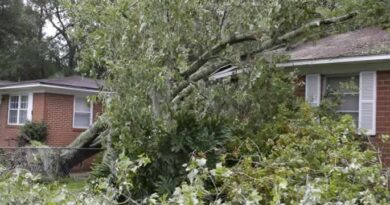Key Differences Between Dome and PTZ Explosion Proof Cameras
Explosion proof cameras are used in places where it may not be safe to use normal cameras. These are strong cameras that can work in places with fire, smoke, gas, or even small blasts. They help keep workers and equipment safe.
Two common types of explosion proof cameras are dome cameras and PTZ cameras. Both are used for safety, but they are different in many ways. This article explains the main differences in very simple words.
1. Shape and Look
Dome cameras are round. They are covered by a clear dome. They look smooth and neat. It is hard to know which way they are pointing. This makes them good for places where you want people to feel watched, but not sure where the camera is looking.
PTZ cameras are bigger. You can easily see the lens. PTZ means pan, tilt, and zoom. These cameras can turn side to side, move up and down, and zoom in and out. Because of these features, they are larger and look more like a moving machine.
2. Movement
Dome cameras usually do not move. You set them in one direction, and they stay that way. If you want to change the view, someone has to go there and move the camera by hand.
PTZ cameras can move. You can control them from far away. You can turn them, tilt them, or zoom in to see something. This is very useful if you need to follow a person, vehicle, or object.
3. Zoom Power
Dome cameras have a simple lens. Some can zoom a little, but not much. PTZ cameras can zoom a lot. They can show small things like a face, a license plate, or a label on a box.
You can zoom in from far away. This is helpful in big areas where you want to see details.
4. How Much They Can See
Dome cameras can only see a small area. If you want to watch a large space, you may need many dome cameras.
PTZ cameras can cover a big area. Since they can move in many directions and zoom, one camera can see a wide space. This is great for big places like oil plants, chemical sites, or large storage areas.
5. Setting Up
Dome cameras are easy to set up. You fix them on a wall or ceiling and point them where you want.
PTZ cameras take more work. You need to mount them strongly and connect them to a control system. This system lets you move the camera from far away. It takes more time and may cost more to install.
6. Best Places to Use Them
Dome cameras are good for small spaces. You can use them in hallways, tunnels, control rooms, or indoor spaces. They are also good if you want the camera to look simple and not be too noticeable.
PTZ cameras are better for large areas. You can use them in outdoor spaces, big factory floors, oil fields, or any place where things are always moving. You can move the camera to follow action and see more with just one device.
7. Price
Dome cameras usually cost less. They are good if you need many cameras and do not want to spend a lot.
PTZ cameras cost more, but they do more. In some cases, one PTZ camera can do the job of three or four dome cameras. So even if the price is higher, it may save money in the long run.
Conclusion
Both dome and PTZ explosion proof cameras are useful. They help protect people and property in dangerous places. Dome cameras are simple, fixed, and cost less. PTZ cameras can move, zoom, and cover more area. The right choice depends on what you need.
If you want more control and better coverage in risky areas, it is smart to choose PTZ explosion proof cameras.


